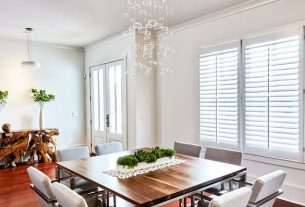The neon light is a low-pressure gas discharge light. It is a form of cold cathode fluorescent lamp. The popularity of neon lights is very high, and hence, neon lights have been in use for a very long time. Neon lights are made with the help of noble gases. Generally, the neon lights can only be created in the color of red. However, if you wish to use different colored neon lighting, you can use several other gases that produces a variety of colors like helium can produce pink color whereas argon glow in blue color. Different gases can be mixed to produce intermediate colours. Thus, neon lights are the most preferred choice of people. To understand the working of the neon signs you can refer to this link.
Inventors and development of neon signs and lights
- Heinrich Geissler developed a glass tube with two electrodes on either end. He experimented through different types of gases with the help of electric arcs, which created a soft glow from the tube.
- William Ramsay and Morris W. Travers than further discovered neon lamp during a period when the neon gas was a type of gas which was very rare naturally created gas.
- Daniel McFarlan Moore, he was the person who installed first commercial Moore Tube. He made use of carbon dioxide and nitrogen to create light.
- Georges Claude discovered in 1902 the procedure to create neon gas. Georges Claude was the first person to display a neon lamp in the year 1910.
- Daniel McFarlan Moore invented the negative glow neon light. He created small bulbs with two electrodes, which made the neon gas to glow around the electrodes.
Different colors of neon lights
- Red color: It is directly produced with the use of neon gas.
- Red opaque: It can be created by mixing phosphor in the neon gas.
- Blue, green or yellow: It is created by mixing phosphor with mercury and argon gas. UV is used to activate the colored phosphor.
- Pinkish white: Helium is the gas that glows pink in color. You can use helium in a clear tube.
- Orange: It can be produced by mixing neon gas with a yellow phosphor.




